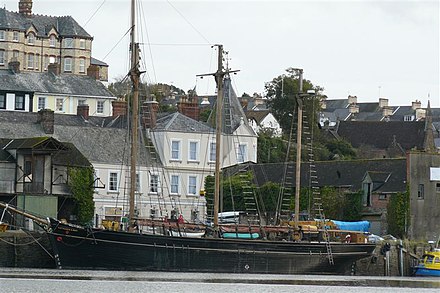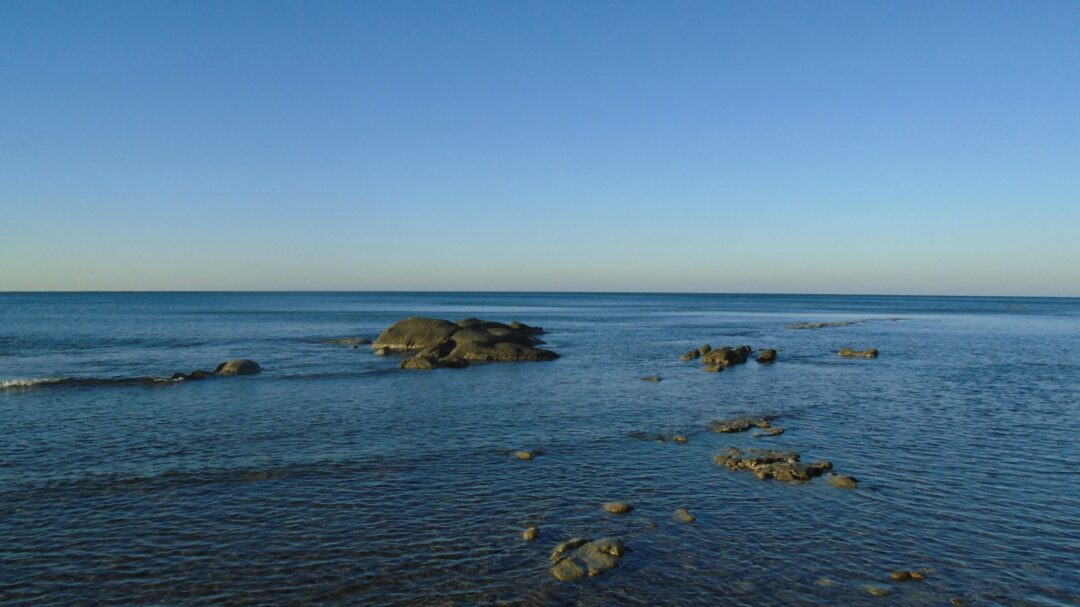Bideford, North Devon, boasts a rich maritime heritage with a history that dates back to the 16th century.
Once Britain’s third-largest port, Bideford had a strategic location on the River Torridge and close proximity to the Atlantic Ocean making it an ideal spot for shipbuilding and international trade.
In this blog post, we will explore the fascinating shipbuilding legacy of Bideford, delving into its historical significance and the impact it had on the town’s economy and society.
| Key Takeaways |
|---|
| Bideford was once Britain’s third-largest port and a major shipbuilding centre |
| Sir Walter Raleigh landed his first shipment of tobacco in Bideford |
| Prominent shipbuilders in Bideford included George Crocker, Richard Chapman, and PK Harris & Sons |
| Notable ships built in Bideford include HMS Acorn, Sarah Newman, and schooner PT Harris |
| The decline of Bideford’s shipbuilding industry began in the 1890s due to the shift to steel steamships |
| Modern-day Bideford continues to engage in maritime commerce with exports of ball clay and wood |
Tobacco trade and Sir Walter Raleigh
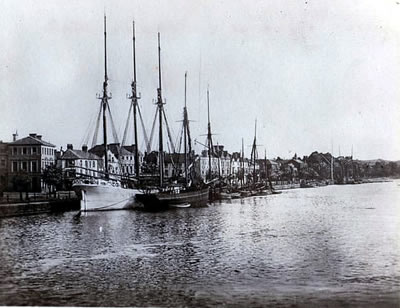
Bideford played a significant role in the burgeoning tobacco trade during the late 16th century. It was here that Sir Walter Raleigh landed his first shipment of tobacco.
Although it’s important to note that he was not the first to import tobacco to England. Several local roads and a hill in Bideford have been named after Raleigh, paying homage to his historical connection with the town.
Indentured servants to the New World colonies
Bideford’s strategic location made it a hub for transporting contracted servants to the New World colonies.
These individuals, often poor and desperate, would sign contracts binding them to work for a set number of years in exchange for passage, food, and shelter.
This practice was prevalent during the 17th and 18th centuries and played a crucial role in the development of the American colonies.
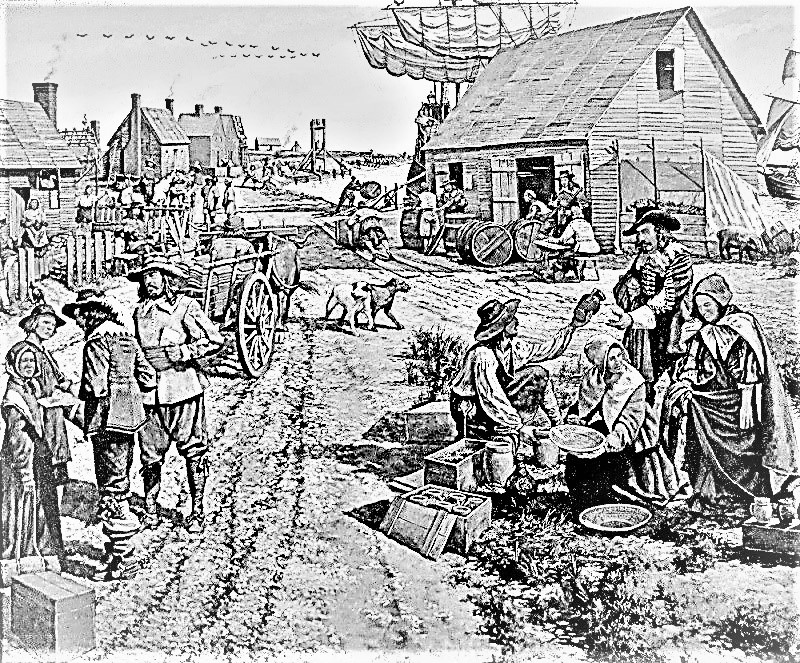
Newfoundland cod trade

From the 16th century to the mid-18th century, Bideford was heavily involved in the Newfoundland cod trade. In the year 1700, 28 Bideford vessels with a combined tonnage of 3860 participated in this lucrative trade.
Fishermen from Bideford even petitioned for the construction of a fort in Newfoundland in 1706, 1707, 1726, and 1758, seeking protection from Native Americans and the French.
Importing Irish wool in the 18th century

Bideford also played a significant role in importing Irish wool during the 18th century.
The town’s bustling port facilitated the exchange of goods, contributing to the growth of the local economy and reinforcing Bideford’s position as a major trading centre.
Prominent Shipbuilders in Bideford
These are the key shipbuilders who played a significant role in shaping Bideford’s shipbuilding industry. Find out how the contributions of George Crocker, Richard Chapman, and PK Harris & Sons added to the town’s maritime legacy.
George Crocker
George Crocker was a prominent shipbuilder in Bideford during the town’s heyday as a shipbuilding centre. He was responsible for constructing a large number of ships, contributing to Bideford’s reputation as a leading shipbuilding town.
Richard Chapman
Like George Crocker, Richard Chapman was another influential shipbuilder in Bideford. He played a significant role in the construction of numerous ships, further cementing Bideford’s status as a major shipbuilding hub.
PK Harris & Sons
PK Harris & Sons was a well-known shipbuilding company in Bideford, operating from the Hubbastone yard. They were responsible for the construction of the schooner PT Harris, the last wooden merchant ship to be launched in the River Torridge.
Notable Ships Built in Bideford
These are some of the remarkable ships that were constructed in Bideford, including Royal Navy vessels like HMS Acorn and the impressive full-rigged ship, Sarah Newman.
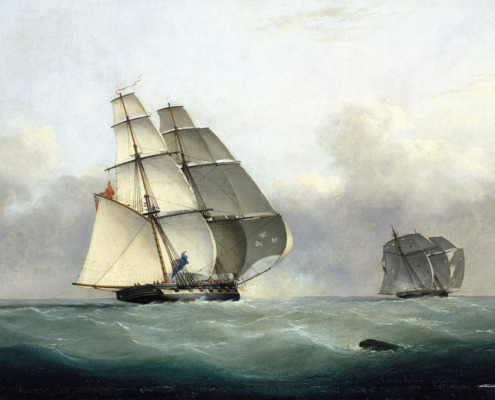
HMS Acorn and other Royal Navy ships
Bideford’s shipbuilders constructed several notable ships for the Royal Navy, including the 18-gun sloop HMS Acorn, launched in 1807. Other Royal Navy ships built in Bideford include the 18-gun Cruizer-class brig-sloops HMS Mutine, HMS Fairy, HMS Carnation, and HMS Ontario.
Additionally, the 22-gun Royal Navy Laurel-class post ships, HMS Garland and HMS Volage, were built in Bideford, showcasing the town’s contribution to Britain’s naval power.

Sarah Newman, the largest wooden ship built in Bideford
The Sarah Newman was the largest wooden ship ever built in Bideford. Constructed in 1855, this 1,004-ton full-rigged ship was a testament to the town’s shipbuilding prowess and innovation during the 19th century.
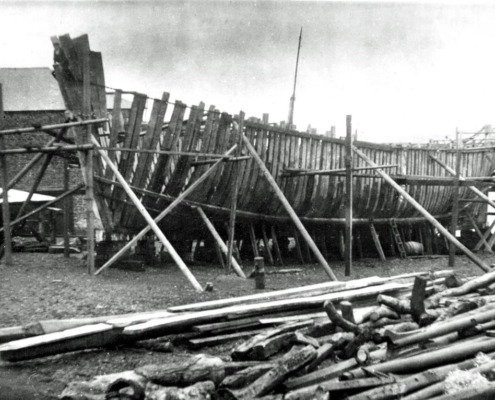
Schooner PT Harris, the last wooden merchant ship launched
The schooner PT Harris, built by PK Harris & Sons at the Hubbastone yard, was the last wooden merchant ship to be launched in the River Torridge. Launched in 1912, this vessel marked the end of an era for Bideford’s shipbuilding industry.
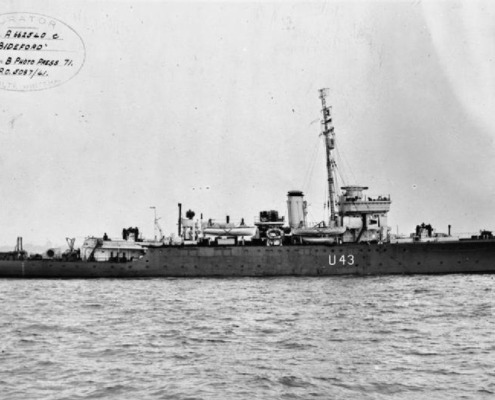
HMS Bideford and other sixth-rate ships of the line
During World War II, a Shoreham-class sloop was named HMS Bideford in honour of the town. Four sixth-rate ships of the line were also named after Bideford, highlighting the town’s historical significance in shipbuilding and maritime affairs.
Shipbuilding at Higher Cleave Houses (1840-1877)
The period of intense shipbuilding activity at Higher Cleave Houses definitely had an impact on Bideford’s economy and local society. Understand the factors that made this era an important part of the town’s shipbuilding history.

Overview of the shipbuilding industry
Between 1840 and 1877, around 150 ships were constructed at Higher Cleave Houses in Bideford. This period of intense shipbuilding activity contributed to the town’s economic growth and helped establish Bideford as a leading shipbuilding centre.
Impact on Bideford’s Economy and Society
The shipbuilding industry at Higher Cleave Houses brought prosperity to Bideford, creating jobs and attracting skilled workers to the area. The town’s economy flourished as a result of shipbuilding, which in turn supported the growth of ancillary industries and services.
The Decline of Bideford’s Shipbuilding Industry
Here we discuss the factors that led to the decline of Bideford’s shipbuilding industry, such as the shift to steel steamships and the rise of industrial shipbuilding centres.
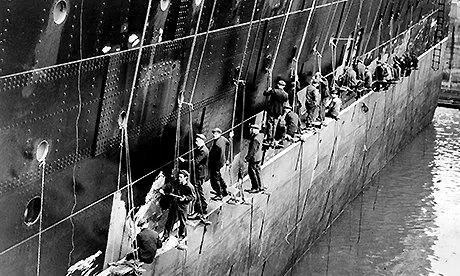
Shift to steel steamships and industrial regions
Bideford’s shipbuilding industry began to decline in the 1890s as the construction of steel steamships gained prominence. Shipbuilding shifted to industrial regions where more advanced technologies and resources were available, leaving Bideford’s wooden shipbuilding industry behind.
The end of wooden shipbuilding in Bideford
The launch of the schooner PT Harris in 1912 marked the end of wooden shipbuilding in Bideford. This event indicated the close of a significant chapter in Bideford’s history, as the town’s shipbuilding industry began to fade.
Appledore Shipbuilders
Here we focus on Appledore Shipbuilders, a shipyard near Bideford that continued the town’s shipbuilding tradition.

Current shipbuilding activities in the area
Although shipbuilding in Bideford has declined, the tradition lives on at Appledore Shipbuilders, located nearby. This shipyard has built civilian ships as well as vessels for the Royal Navy and Irish Naval Service, preserving the area’s maritime heritage.
Ships built for the Royal Navy and Irish Naval Service
Appledore Shipbuilders has constructed a number of ships for the Royal Navy and Irish Naval Service, including patrol vessels and support ships. This ongoing shipbuilding activity serves as a reminder of Bideford’s storied shipbuilding past.
Modern-day Shipping in Bideford
Bideford still maintains its connection to the sea through modern-day shipping activities, such as exports of ball clay and wood.

Ball clay exports to Spain and Finland
Today, Bideford continues to be involved in international trade. Ball clay is exported from the town to Castellón, Spain, and Naantali, Finland, demonstrating Bideford’s enduring connection to maritime commerce.
Wood exports to Germany
In addition to ball clay, Bideford also exports wood to Wismar, Germany. These modern trade activities keep Bideford’s port alive and maintain its historical link to global commerce.
The Kathleen and May, a historical schooner
The Kathleen and May, the last remaining British-built wooden-hull three-masted topsail schooner, is registered in Bideford and was once based in the town. This magnificent vessel serves as a tangible reminder of Bideford’s shipbuilding legacy and maritime history.
Fishing boats operating out of Bideford
Bideford’s maritime traditions continue with fishing boats that still operate out of the town. The local fishing industry not only provides employment opportunities but also helps to preserve Bideford’s connection to the sea and its maritime heritage.
Conclusion
Bideford’s shipbuilding legacy has left a lasting impact on the town’s history, economy, and culture.
From its days as a major shipbuilding centre to its continued engagement in maritime commerce, Bideford’s connection to the sea remains strong.
Frequently Asked Questions
- Q: What was Bideford’s significance in the shipbuilding industry?
A: Bideford, once Britain’s third-largest port, was a major shipbuilding centre with a rich maritime heritage. Its strategic location on the River Torridge and proximity to the Atlantic Ocean made it ideal for shipbuilding and international trade. - Q: Who were some prominent shipbuilders in Bideford?
A: Prominent shipbuilders in Bideford included George Crocker, Richard Chapman, and PK Harris & Sons. - Q: What are some notable ships built in Bideford?
A: Notable ships built in Bideford include HMS Acorn, Sarah Newman, and the schooner PT Harris. - Q: When did Bideford’s shipbuilding industry begin to decline?
A: Bideford’s shipbuilding industry began to decline in the 1890s due to the shift to steel steamships and the rise of industrial shipbuilding centres. - Q: Does Bideford still engage in maritime commerce today?
A: Yes, modern-day Bideford continues to engage in maritime commerce with exports of ball clay and wood. - Q: Is there any shipbuilding activity near Bideford today?
A: Yes, the nearby Appledore Shipbuilders continue the shipbuilding tradition, constructing civilian ships and vessels for the Royal Navy and Irish Naval Service.

Our newsletter is packed with helpful tips and resources to help you mazimise your time in & around Bideford. Sign up now and join our community of savvy Bideford’ers.
About the Author
Welcome to Bideford.com! I’m Jason Jr, a seasoned explorer and avid fan of Bideford and the broader North Devon area. With over a decade of consistent family visits, virtually every weekend, I’ve immersed myself in the rich history and vibrant culture Bideford & North Devon.
On this site, you’ll find a wealth of knowledge amassed from my adventures here. From in-depth local guides to engaging blog posts about Bideford. Whether you’re looking for recommendations on things to do or guidance on where to stay we have you covered. Join me as we delve into the heart of Bideford, North Devon – a town that’s more than just a destination, but an experience waiting to be discovered.
Do you want to see your favourite Bideford attraction, place to stay, event or activity listed here? Contact Us!

